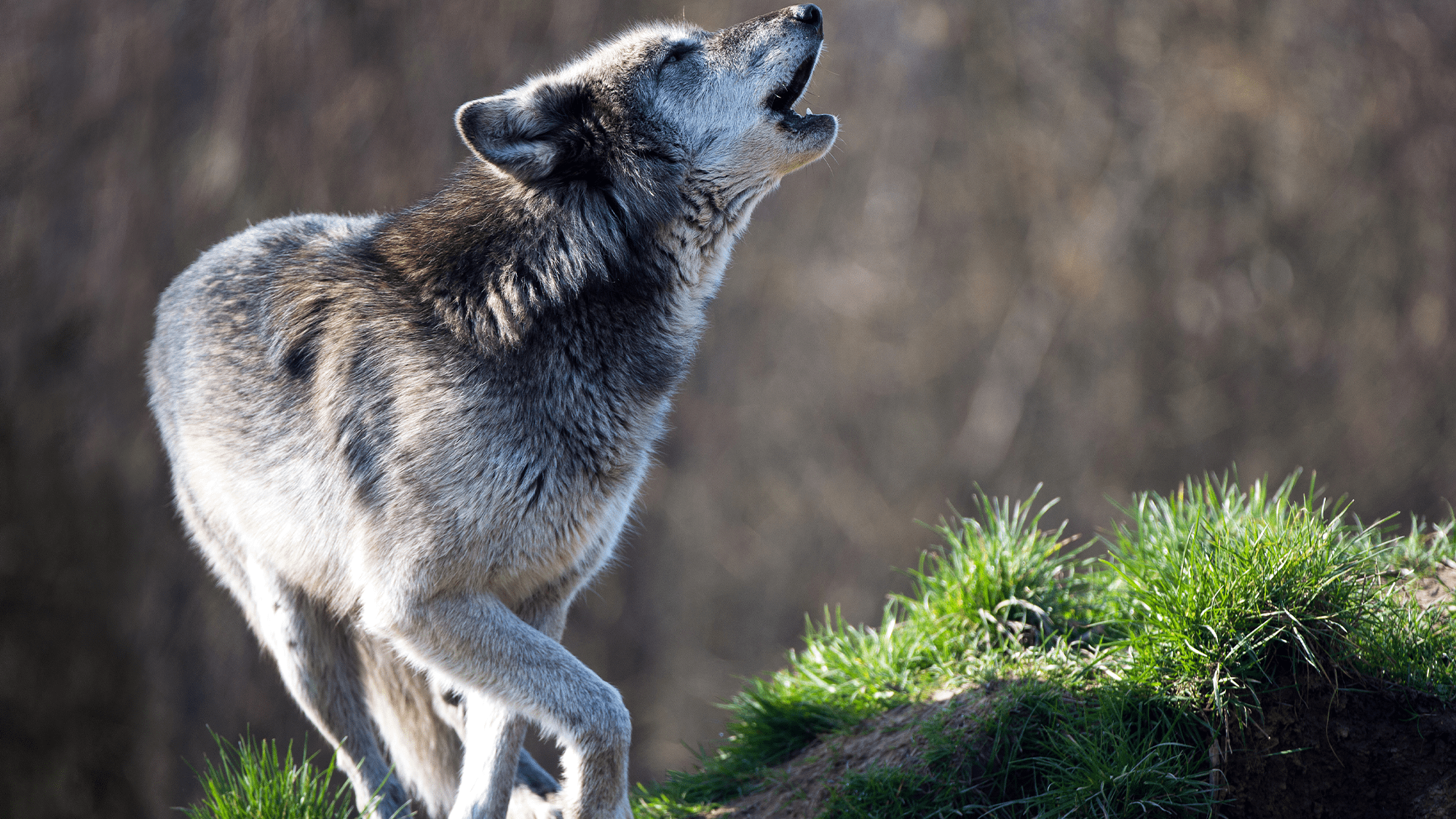

California’s Sierra Nevada is now home to a newly identified pack of gray wolves. According to the California Department of Fish and Wildlife (CDFW), this new pack is roaming at least 200 miles away from the nearest known pack. It joins three known gray wolf packs living in Northern California: the Beckwourth Pack, the Whaleback Pack, and the Lassen Pack.
[Related: Snowy weather could determine life or death for Wisconsin’s poached gray wolves.]
In July, CDFW received a wolf sighting report from a spot in Sequoia National Forest. They found wolf tracks and other signs that wolves were present and collected 12 feces and hair samples from the area.
DNA analysis determined that the samples are in fact from wolves and also revealed the sex, coat color, individual identity, relation to one another, and the pack’s origin. All 12 samples were confirmed to belong to gray wolves and the pack consists of at least five individuals that have not previously been detected in California. One of the adult females is a direct descendant of the first wolf documented in California’s recent history (a male named OR7) and four offspring (two females, two males). They did not detect any samples of any adult males, but the genetic profile indicates that the breeding male is a descendant of the Lassen pack.
Gray wolves are native to the state,, but were hunted to near extinction in California by the 1920s. Sometime in late 2011, OR7 crossed the state line from Oregon into California and became the first gray wolf in nearly a century to include the Golden State in its range. OR7 eventually returned to Oregon to form the Rogue Pack.
[Related: Wolves and beavers can have magical ecosystem effects—if they have space to thrive.]
In California, gray wolves are considered a recovering endangered species and are protected under California’s Endangered Species Act and the federal Endangered Species Act. While both laws mean it is illegal to kill them, wolves remain unprotected across much of the Northern Rockies, following decades of lawsuits over these regulations and concern from farmers. Researchers have advocated for an expansion of protected lands for the gray wolves, saying that they are important to the ecosystem’s overall health as a keystone species.
Gray wolves are carnivores and their primary sources of prey are large native species such as deer and elk. They will also eat birds and reptiles, opportunistically scavenge carrion and may prey on large livestock. They can weigh anywhere between 70 and 120 pounds and can run in short bursts of up to 35 miles per hour. Their fur also comes in many colors including white, tan, black, brown, and the name “gray” refers to the color of their undercoat that can be visible before the warmer summer months.
